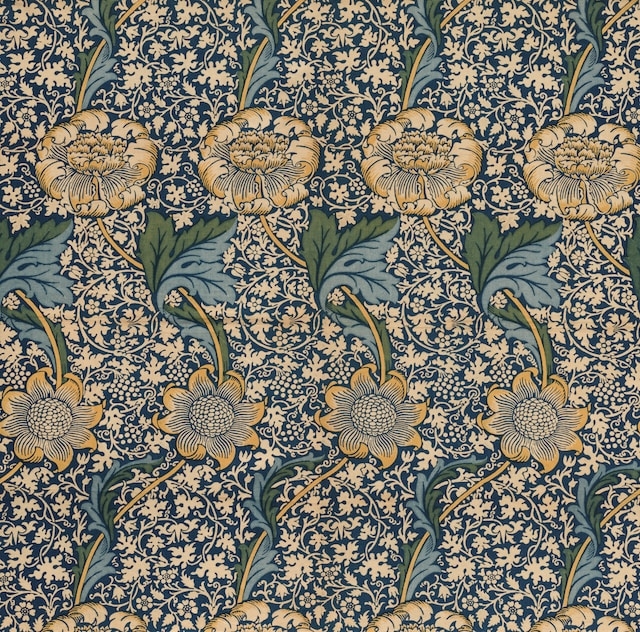
woven southwestern area rugs
Explanation of the Southwest style and its influence on interior design
Southwestern rug weaving is a fascinating and vibrant craft that holds immense historical and cultural significance. The art of creating these woven southwestern area rugs has been passed down through generations, showcasing the rich heritage of the region.
The history of southwestern rug weaving can be traced back centuries, when indigenous tribes in the American Southwest began honing their skills in this intricate craft. These tribes, including Navajo, Hopi, and Apache, wove magnificent rugs using traditional techniques that were deeply rooted in their cultural practices.
The designs featured on woven southwestern area rugs often depict meaningful symbols and motifs, reflecting the spiritual beliefs and natural surroundings of the weavers. Each pattern tells a story and carries a unique message that speaks to the traditions and values cherished by these communities.
These rugs are crafted with great precision and attention to detail. Weavers carefully select vibrant colors derived from natural dyes to create stunning visual effects. The skillful interplay between different shades adds depth and dimension to the patterns, making every rug a true work of art.
Over time, southwestern rug weaving has evolved as an important economic activity for many Native American communities. These beautifully handcrafted rugs have gained recognition worldwide for their exceptional quality and craftsmanship. They have become sought-after collector's items as well as popular décor pieces for homes around the globe.
Despite its growing popularity, southwestern rug weaving remains a labor-intensive process that requires immense dedication and patience. Many weavers continue to employ traditional methods passed down from their ancestors, ensuring that this ancient craft continues to thrive amidst modern influences.
In conclusion, woven southwestern area rugs carry within them a rich tapestry of history and cultural significance. They represent not only a beautiful form of artistic expression but also serve as tangible links connecting present generations with their ancestral pasts. As we admire these exquisite creations today, let us appreciate the profound legacy they embody - one that celebrates tradition, creativity, and enduring craftsmanship.